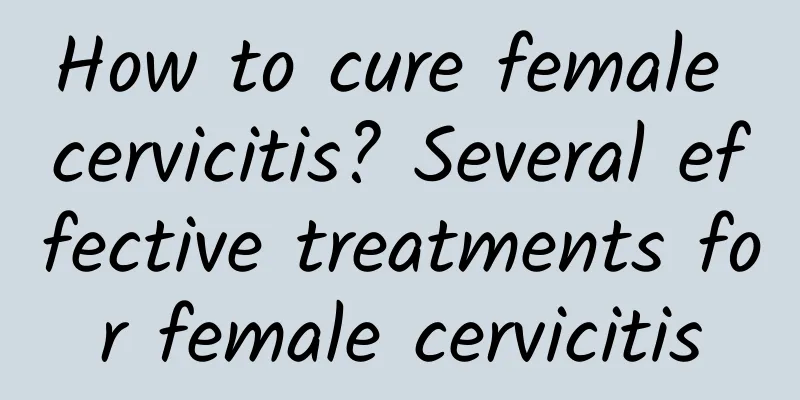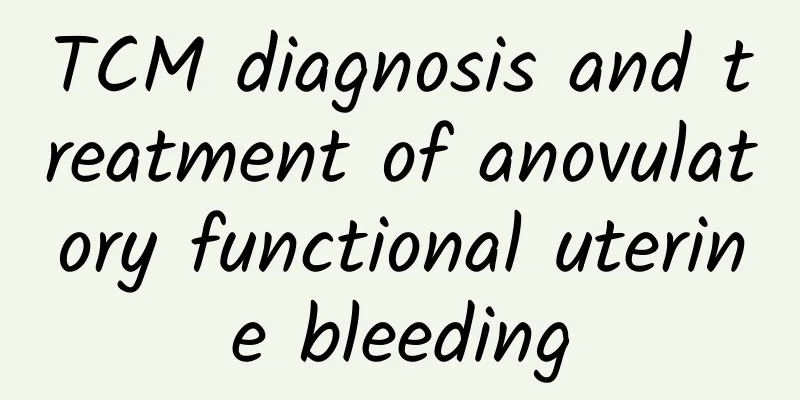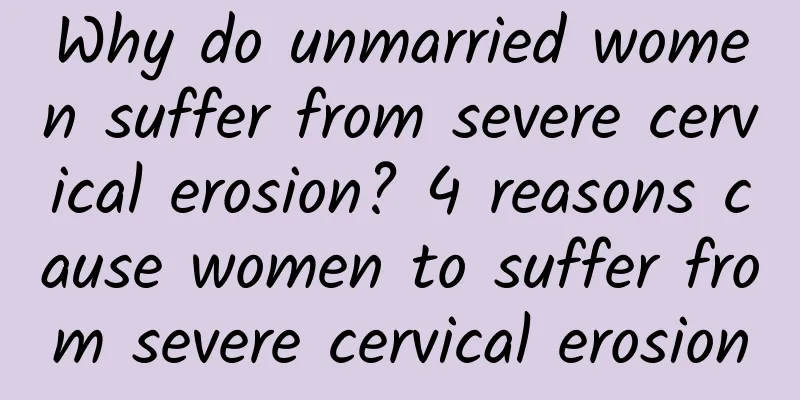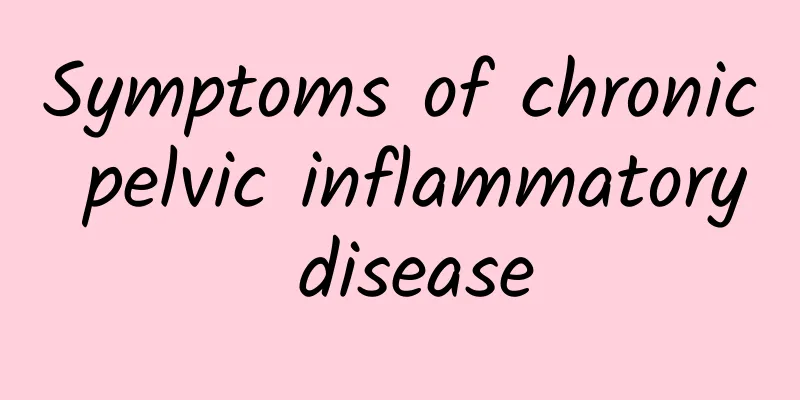How to cure female cervicitis? Several effective treatments for female cervicitis

|
Some friends will find that they have cervicitis when they go to the hospital for a check-up. In fact, this disease often occurs in female friends. As long as they do not pay attention to hygiene in their daily lives, they are likely to suffer from it. So how to treat cervicitis? I believe that only doctors can answer this question. In fact, different conditions have different treatments. Let's take a closer look at it. 1. Acute cervicitis The main treatment is antibiotics. (1) Empirical antibiotic treatment For patients with the following high-risk factors for sexually transmitted diseases (such as age under 25 years, multiple or new sexual partners, and unprotected sexual intercourse), empirical antibiotic treatment against Chlamydia is used before the results of pathogen testing are obtained. (2) Antibiotic treatment targeting pathogens For those who have acquired pathogens, antibiotics targeting pathogens are selected. Since Neisseria gonorrhoeae infection is often accompanied by chlamydia infection, if it is gonococcal cervicitis, in addition to the use of anti-Neisseria gonorrhoeae drugs, anti-chlamydia infection drugs should also be used during treatment. (3) Treatment of sexual partners: If the pathogens of cervicitis patients are Chlamydia trachomatis and Neisseria gonorrhoeae, their sexual partners should be examined and treated accordingly. Different treatments are used for different lesions. For those who present with erosive changes, if it is asymptomatic physiological columnar epithelial ectopy, no treatment is required. For erosive changes accompanied by increased secretions, papillary hyperplasia or contact bleeding, local physical therapy can be given, including laser, freezing, microwave and other methods. Traditional Chinese medicine treatment or its use as an adjuvant treatment before and after physical therapy can also be given. However, cervical intraepithelial neoplasia and cervical cancer must be screened out before treatment. 2. Chronic cervicitis (1) Chronic endocervical mucositis For persistent endocervical mucosal inflammation, it is necessary to check whether there is reinfection with Chlamydia trachomatis and Neisseria gonorrhoeae, whether the sexual partner has been treated, and whether the vaginal microbiome imbalance persists. Treatment should be given according to the cause. For those whose pathogens are unclear and there is no effective treatment, physical therapy can be tried. (2) Cervical polyps are treated with polypectomy, and the removed polyps are sent for pathological histological examination. (3) Cervical hypertrophy generally does not require treatment. How to treat cervicitis? If female friends have read the above content, I believe they will know something. In fact, if you want to know how to treat cervicitis, the most important thing is to see the degree of deterioration of the disease. It does not mean that you must undergo surgery if you suffer from cervicitis. The specific situation requires specific analysis. |
>>: What are the TCM syndrome differentiation and treatment methods for female cervicitis?
Recommend
Develop 8 weight loss habits to get fit and slim for early autumn
As we step into the cool early autumn, have you a...
Are cervicitis and cervical erosion the same thing? Does mild cervicitis need treatment?
Cervicitis has many hazards, such as cervical ero...
What tests are needed for habitual miscarriage?
As the name implies, habitual miscarriage is a re...
Can medication be used for second-degree cervical erosion?
Second-degree cervical erosion can generally be t...
[Video version] Grapes come in black, purple, red and green varieties, and their nutrients are very different
In the fruit family, grapes are very colorful, wi...
Irregular uterine bleeding is a common symptom of menstrual irregularity
If women do not pay attention to the symptoms of ...
What are the common causes of adnexitis?
I don't know how much women know about adnexi...
What is the cause of vulvar leukoplakia?
What are the causes of vulvar leukoplakia? Vulvar...
What is uterine fibroids? Is it serious? What causes uterine fibroids?
Uterine fibroids are a common gynecological disea...
Summer weight loss plan starts with it! Breakfast oatmeal jar is high in fiber, delicious and filling
The main character of the oatmeal jar, oatmeal, i...
Women can lose weight more effectively by mastering physiological changes
May is the season of thanksgiving. Children shoul...
Inadequate dietary fiber intake may lead to colorectal cancer
The Chinese people's dietary fiber intake is ...
Selling fat! After rapid weight gain or loss, life is very short
The issue of artists gaining or losing weight rap...
The main causes of dysmenorrhea in women
During menstruation, the most distressing thing f...
What are the reasons for irregular menstruation in girls? There are 5 reasons for irregular menstruation in girls.
What are the causes of irregular menstruation in ...









